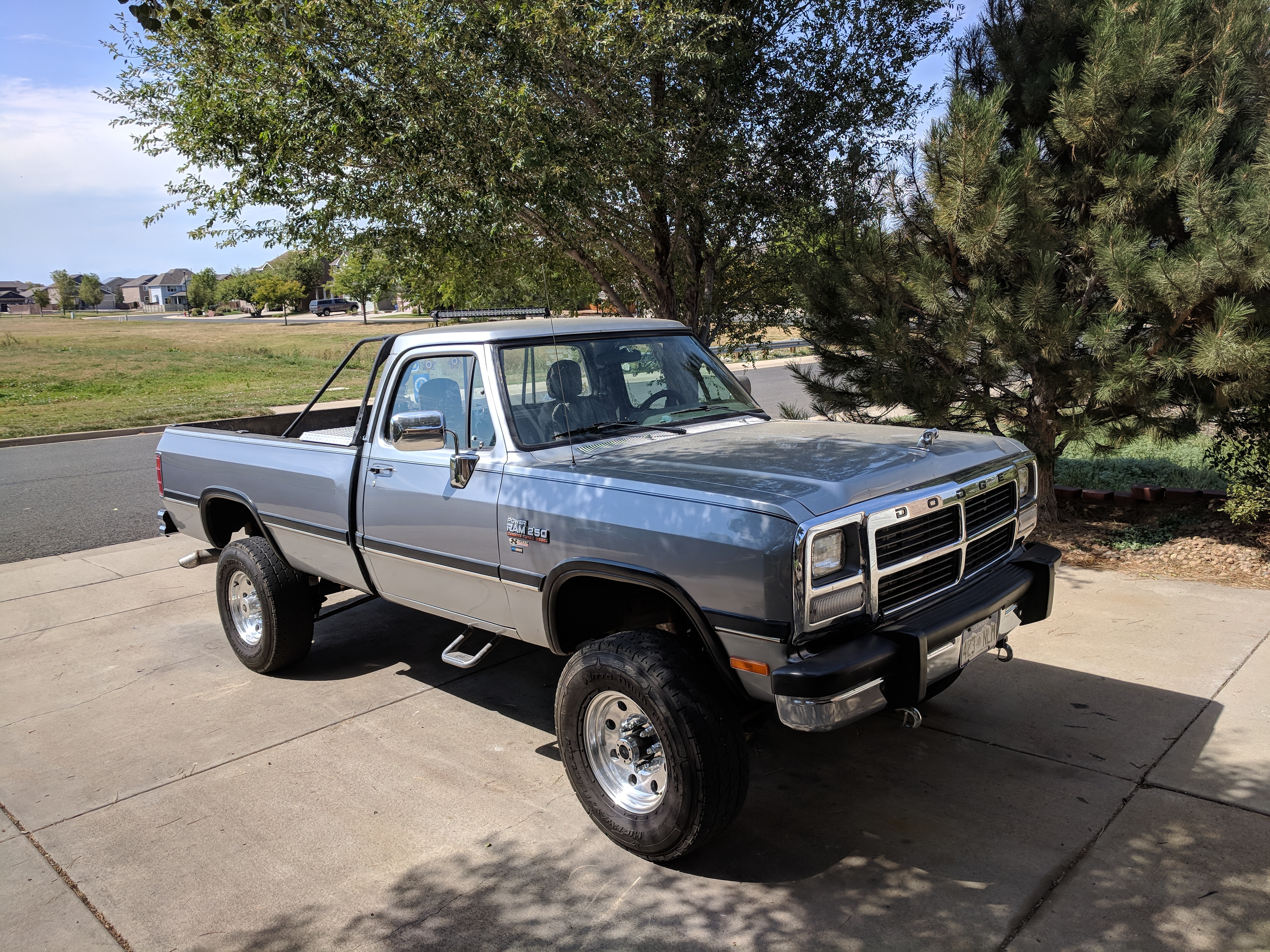After being outside and back on the road again it became clear the CTD’s rear springs were in need of another adjustment (3rd since new). My guess would be it got some improperly hardened Chinese rear leafs from one of their sweatshops lacking quality control. The fronts are fine, but the rears seemed to continue slowly sinking over the years. they will probably need replaced again at some point if I put some more miles on it. There is a good suspension shop I found in Denver where I can get better springs. In the meantime I thought I might get a couple more years out of the Skyjunkers by just putting in new U-bolts with 2½” blocks. This amplifies the high-torque axle-wrap issue, so on inspection I noticed the TorqueLinks didn’t look right and found half the rail bushings worn completely away in just under 10k miles. That explained the increasing noise level I noticed from them. They work great, but are noisy, heavy and obviously did not wear well. It makes little sense spending 4-5 hours rebuilding the rails if they won’t last more than 10k miles. So I ended up basically rebuilding the whole rear suspension and went back to the drawing board for a crack at TorqueLink-II.
The rear mounts only needed cut off and modded a bit to accept a bolt and re-finished. The main, 20lb portion of the bar(s) itself was scrapped in favor of 5lb. steel tubes, made possible by the new front link design. It is a simple slide joint made from an old shock mount, a 2x⅝ bolt and 3 big flat washers. After assembly it allows movement in any direction except forward. The shock bushing part has an inside radius to hold the bushing in place after being pressed in, so the slide fits through closely with static play in any direction. It should wear better over time because the link is not being constantly punished like the old design. It works like a slide hammer in reverse, moving around as needed with suspension flex, but stopping at torque-induced axle-wrap forward motion. A 1/4″-thick nylon washer in the 2003 Torquelink-III™ model provides the impact surface, mitigating any potential noise problem.
I put about 30 hours into the fabrication over a 9-day period, spending maybe $20 for a few bolts, washers and paint. The rest was all scrap metal I had onhand. Anyone seen bars like this before?
 |  |  |
 |  |  |

